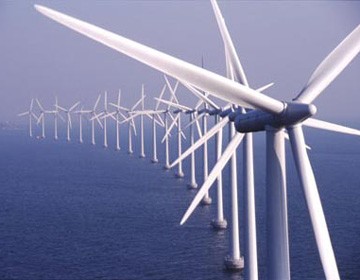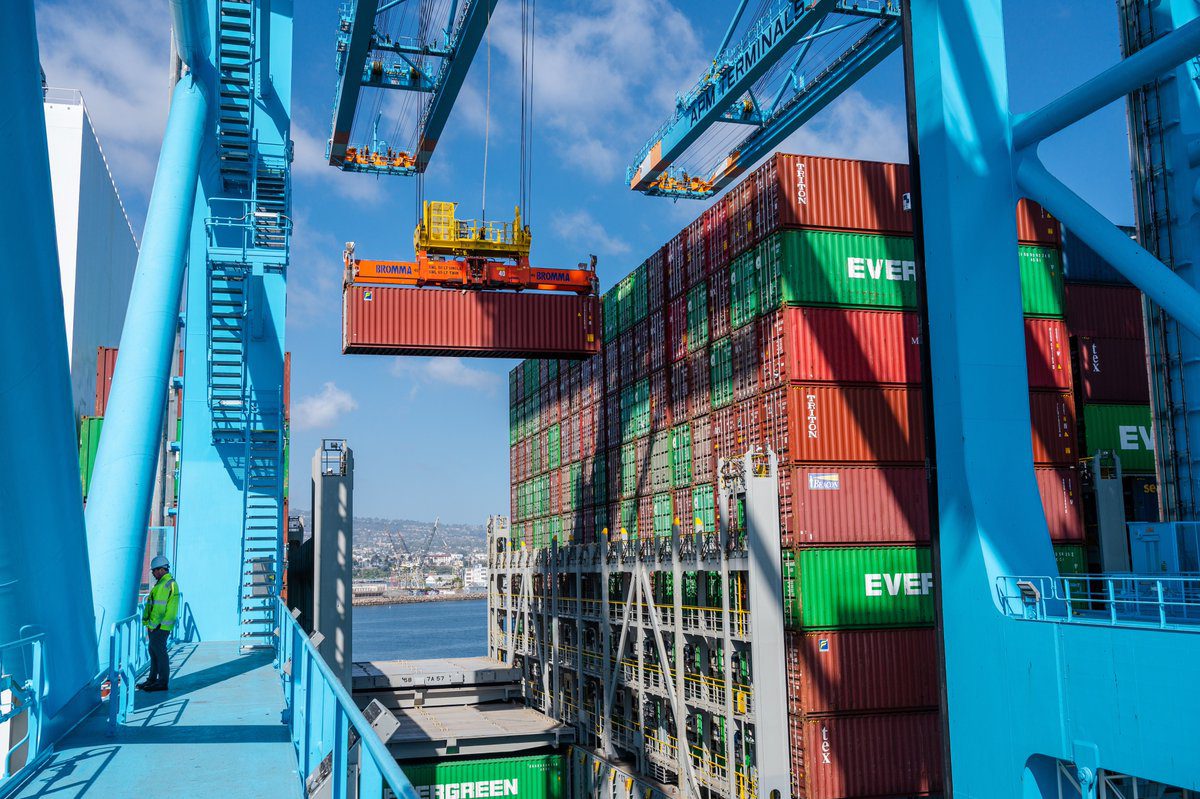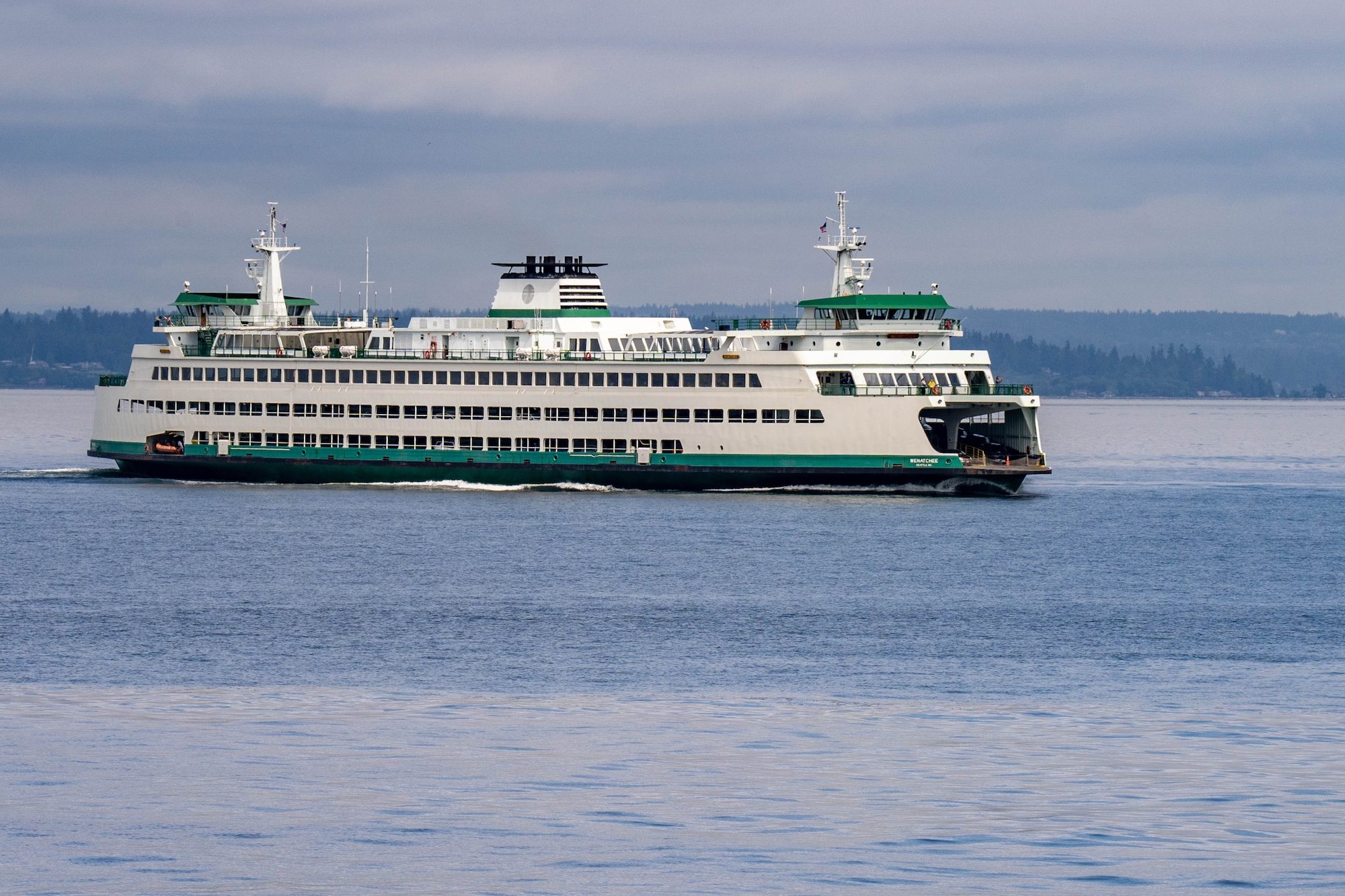The Atlantic Wind Connection offshore wind transmission line cleared a major regulatory hurdle Monday as the Department of Interior declared there to be no competitive interest for the use of certain areas of the U.S. Outer Continental Shelf (OCS) along mid-Atlantic states to construct an offshore transmission system being proposed by the Atlantic Wind Connection (AWC). After a year of intensive internal and public review, the decision allows the project to move forward in its permitting process.
“This decision is an important step to advancing what could be the world’s first integrated electric transmission superhighway for offshore wind,” AWC Chief Executive Officer Bob Mitchell said. “Studies conducted in Europe and the UK show that a backbone grid is critical to the success of large-scale offshore wind and could reduce the cost of offshore wind by 25%. This milestone allows the AWC to proceed to intelligently plan for the backbone transmission system that is necessary for an entirely new robust offshore wind industry to develop in America.” “There is no reason for the United States to have to yield all of the factories and jobs to Europe and China,” Mitchell added.
“The Mid-Atlantic region’s offshore waters hold vast opportunities for wind energy production. The Atlantic Wind Connection provides an offshore superhighway that allows large-scale development so that the States of New Jersey, Maryland and Delaware will be able to use offshore wind to reach their renewable energy goals. Offshore wind can provide an important clean, domestic energy resource,” said Markian Melnyk, president of Atlantic Grid Development, AWC’s development company. “Compared to each wind farm building its own transmission lines, our project is the most affordable, efficient, and environmentally-sensitive solution for connecting offshore wind.” Melnyk added, “The AWC will also make a significant contribution to strengthening the electric grid and national security.”
The decision, which was made by Interior’s Bureau of Ocean Energy Management (BOEM), means that Atlantic Wind is more likely to secure a federal “right-of-way” for the project once the environmental impact of the project is reviewed under NEPA, and with further public input. The lack of competitive interest means that the delays associated with an auction are avoided.
The AWC project will be built in several phases designed to link Offshore Wind Energy Areas identified by the Department of Interior and complement the progression of the Mid-Atlantic offshore wind industry while maximizing grid reliability and the most efficient use of existing electric generation plants.
AWC is the first offshore backbone electric transmission system proposed in the United States. The project configuration will enable up to 7,000 megawatts of offshore wind turbine capacity to be cost-effectively integrated into the regional power grid. This will increase system reliability and reduce congestion costs for rate payers in the heavily-congested corridor between Washington, DC and the metropolitan New Jersey/New York City area. This cutting-edge, high-voltage, direct-current subsea backbone transmission system will be constructed 12 to 15 miles off the coasts of New York, New Jersey, Delaware, Maryland and Virginia, spanning approximately 300 miles, and constructed over approximately ten years.
Unlock Exclusive Insights Today!
Join the gCaptain Club for curated content, insider opinions, and vibrant community discussions.

 Join The Club
Join The Club













